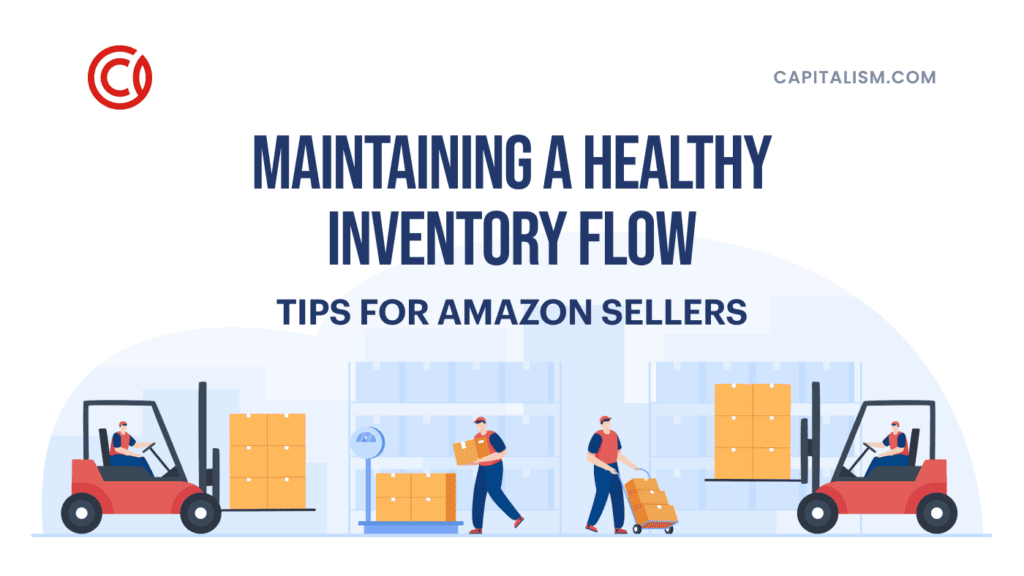“Look, you’re not the first business to hit a bottleneck. You’re in good company.”
That’s what I told the leadership team of a $50 million family-owned food company I’d been working with for some time. And I wasn’t just blowing smoke up their you-know-whats either. In the business world, realizing that what worked before is not working now is par for the course.
Every successful company stumbles and stalls, from Apple and Microsoft to Starbucks and Coca-Cola. And when it happens, it’s not uncommon to find bosses standing around with blank stares wondering what the hell went wrong.
As GoPro founder Nick Woodman so aptly put it in a recent interview, “Wait. Where did we start to suck at this? What is going on?”
The next thing I said to that team of executives was a line from jazz great Miles Davis: “When you hit a wrong note it’s the next note that makes it good or bad.” Everyone screws up; it’s what you do next that counts.
When it happens to you – and chances are it will – I don’t care if you’re a small-business owner, a startup founder or the CEO of an S&P 500 company, these are the do’s and don’ts to keep in mind:
Don’t think happy thoughts: hoping things get better and saying it’s all just ‘business as usual’ are only going to keep you stuck.
You know what they say about doing the same thing over and over and expecting different results? It’s not just insane; in the business world it’s a recipe for disaster. Positive thinking may be all the rage but when a company hits an unexpected plateau or growth stalls, it’s a sign that something is very wrong.
Until you get to the bottom of what happened and decide on the right course of action, it most definitely is not business as usual.
Don’t beat up your team or yourself searching for answers.
If anybody on your leadership team knew what was wrong and how to fix it, don’t you think they would have said something by now? Pounding on everyone to pull a rabbit out of a hat and do more with less as your business spirals into oblivion is a great way to destroy morale and lose the most important asset you’ve got – your talent. That goes for you, too.
Don’t keep throwing spaghetti at the wall until something sticks.
The first sign that Yahoo hit a wall was in 2006 when an executive named Brad Garlinghouse wrote an internal memo that somehow leaked to The Wall Street Journal. In what came to be known as the “Peanut Butter Manifesto,” he explained that the once-dominant Internet portal had lost its way and, instead of focusing on a new cohesive vision, spread itself too thin.
Over the next decade Yahoo tried countless CEOs, strategies and turnaround plans until the board finally threw up its hands and sold out to Verizon for a tiny fraction of what the company was worth in its heyday. Such a sad ending for an iconic corporation, and an all too common one, I’m afraid.
From Sears and Radio Shack to Kodak and BlackBerry, I can name dozens of public companies and many more startups you’ve never heard of that never came to terms with their underlying issues and, pick your favorite food metaphor, went the peanut butter or the spaghetti route, to no avail.
Do figure out what the bottleneck is, and come up with a new plan that can break it down.
The good news is there is a right way to handle this sort of thing. Immediately, if not sooner, get your team together and begin the process of determining what has changed internally or externally that may have caused growth to stall. It may very well be figuring out what hasn't changed, but must.
Sometimes those in charge are too close to the problem to see things objectively. In that case you’d be wise to bring in a third party to facilitate the process, interview key employees, customers and directors and come up with an independent assessment.
However you do it, it’s critical to leave no stone unturned or question unanswered. It’s also important for everyone involved to be completely transparent and brutally honest. In my experience, that’s the only way to get to the bottom of what’s really going on. That was certainly the case with that food company.
Several years earlier the decision was made to shift from being solely a private label supplier and launch its own consumer brand. That was the right move, but the leadership team had failed to consider just how much the company would have to change to effectively make the transition. That’s when growth stalled.
It’s not that they didn’t know what changed; they just didn’t know what to do about it. Having always operated more or less the same way, they were stuck in their own status quo. Make no mistake, the inertia of a company that’s done things a certain way for years and years is a powerful force to overcome.
In the end, the company’s shift in direction required a significant restructuring, from the organization and its processes to its marketing and channel strategies. It even required a revamped executive compensation plan to help drive accountability and transparency. Today, the company is once again on a growth trajectory.
Do look in the mirror and have the courage to face what you see.
In his groundbreaking book Only the Paranoid Survive (Crown Business, 1999) former Intel CEO Andy Grove observed that “Success contains the seeds of its own destruction.” Sometimes success leads to hubris – an overinflated ego that makes leaders believe they can do no wrong. Other times competitors come up with innovative solutions that disrupt the status quo.
Either way, Grove’s point was that business leaders must never be content with their own success. They must always challenge their own comfort zone and their company’s inertia. If you want to be successful over the long haul, that’s a good philosophy to lead by. It won’t stop you from hitting a wall, but it will help you break through when you do.
MORE MINDSET SHIFTING ARTICLES ON CAPITALISM.COM:
• How To Avoid ‘Sparkly Objects’ And Stay Focused On What Really Matters To You
• What This Billionaire Taught Me About Employee Loyalty and Avoiding High Turnover
• How a Broken Washing Machine Made Me Unstoppable in Business
Steve Tobak is a management consultant, former senior executive and author of “Real Leaders Don’t Follow.” As managing partner of Silicon Valley-based Invisor Consulting LLC he advises CEOs and business leaders on strategic matters, from startup to Fortune 100. Learn more at stevetobak.com.











